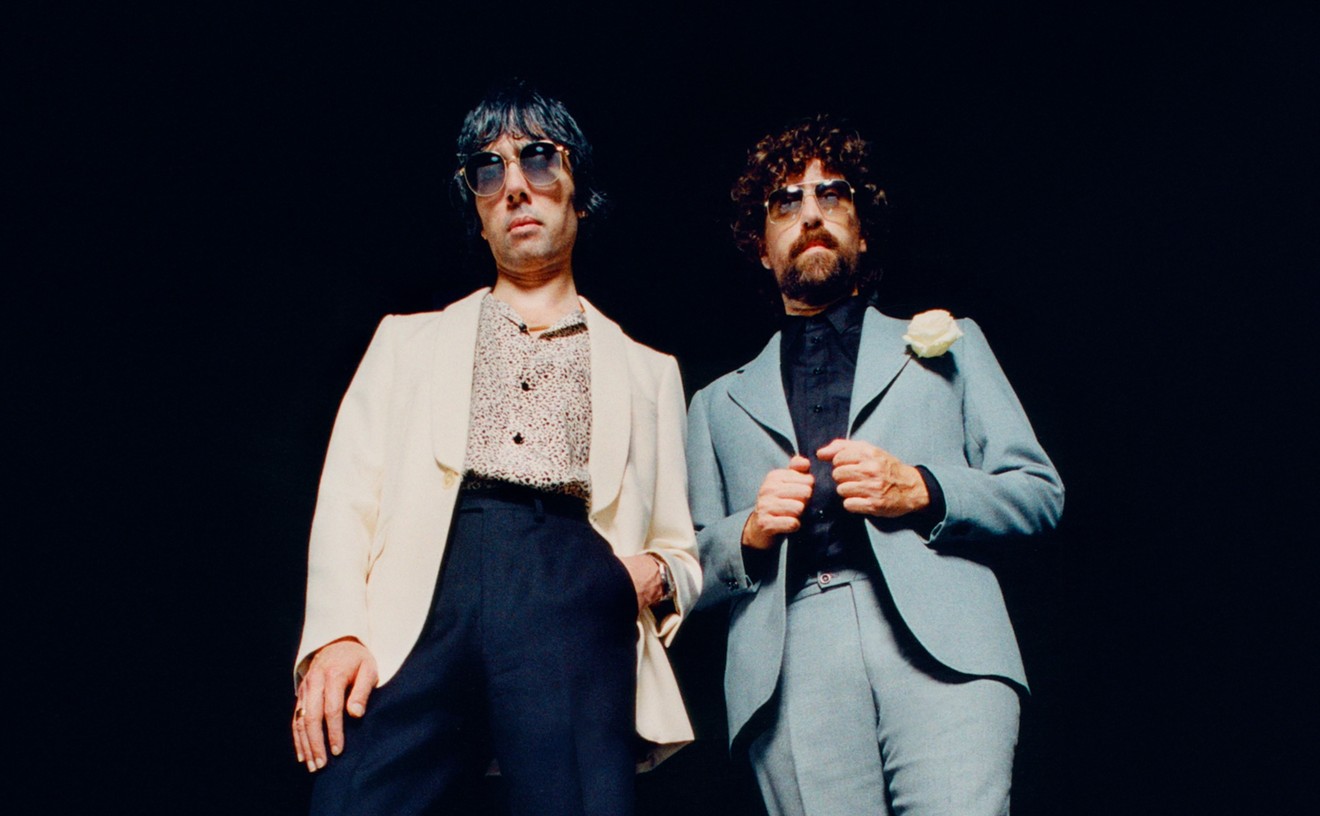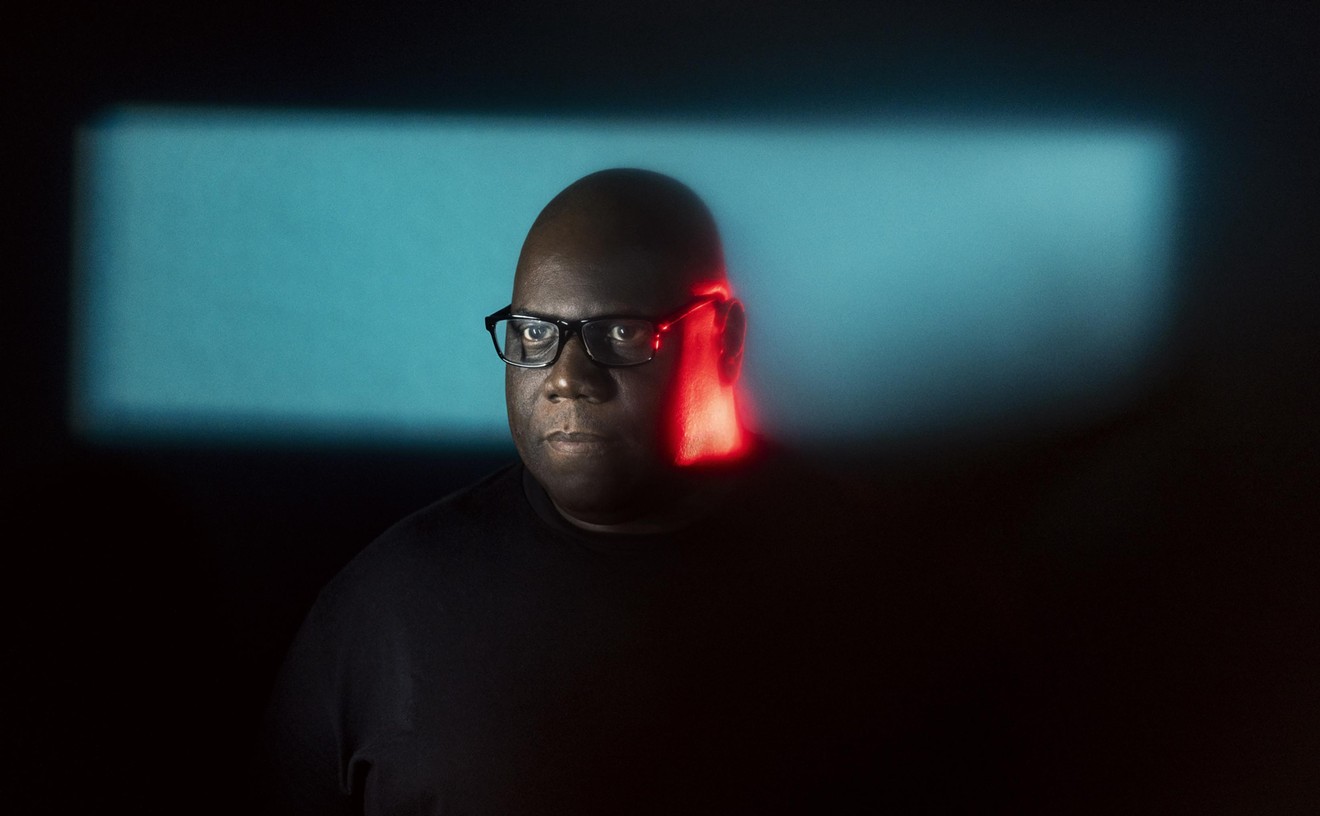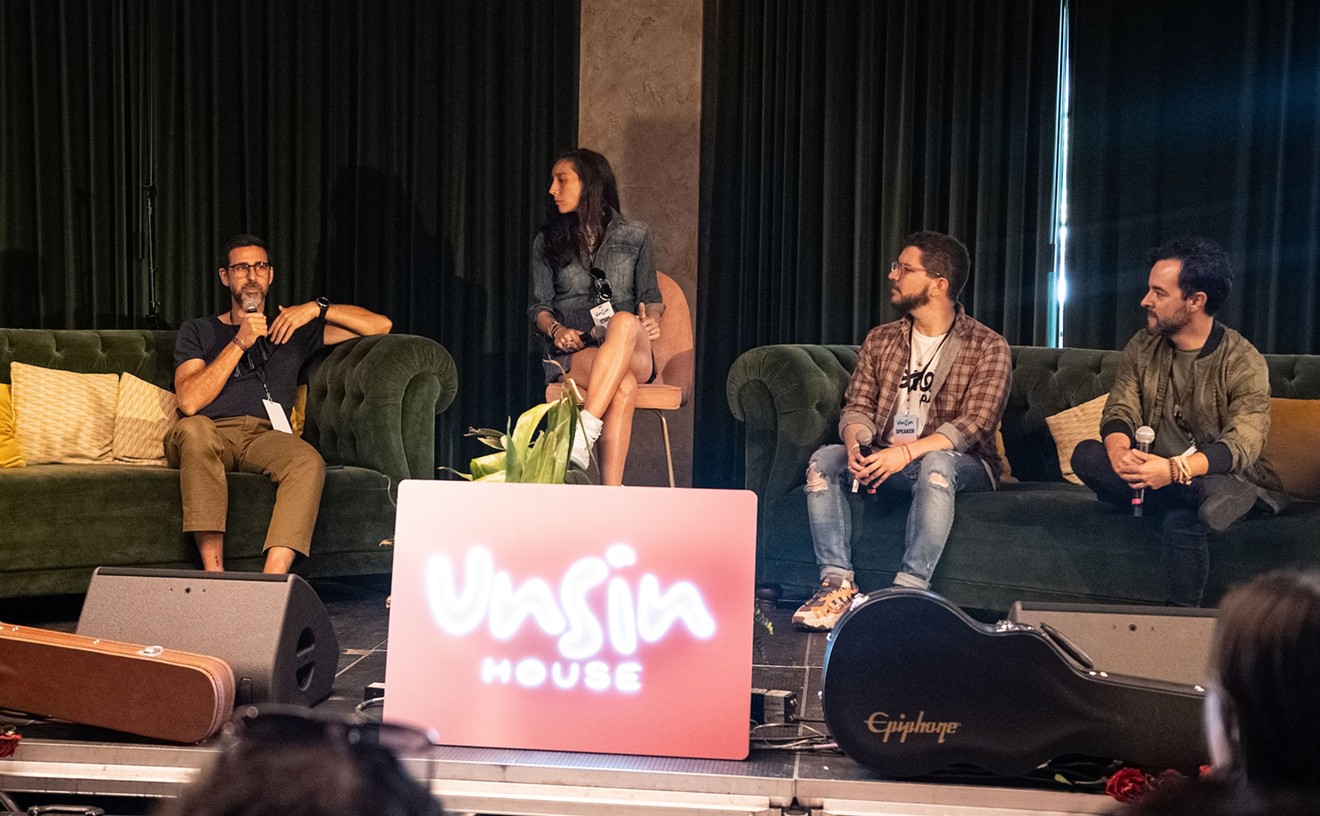The entire Busta publicity push had a celebratory air. In fact it seemed to be about something bigger than Busta. And it was. It was about rap's resurgence. Two years after gang warfare and creative desiccation almost put rap in the grave, the genre has enjoyed a remarkable year, perhaps its best ever. In the past six weeks alone, rap fans have been snapping up releases by the Wu-Tang Clan's rapper Method Man and their production mastermind RZA, West Coast gangsta rap superstar Ice Cube, and East Coast gangsta rap superstar Redman.
Some will remember 1998 as the year hip-hop stood up and demanded recognition as a popular art form. All year long, hip-hop celebrated its maturity, primarily through a series of joyfully nostalgic covers (most notably, Def Squad ripping into Sugar Hill Gang's "Rapper's Delight," but also MC Lyte's take on Audio Two's "Top Billin'" and Nadanuf's cover of Kurtis Blow's "The Breaks"). There was even Straight Outta Compton: The Tenth Anniversary Tribute Album, which turned a diverse posse of rappers loose on NWA's seminal gangsta masterwork. (Silkk the Shocker got to take a stab at "Express Yourself," and he had a hit; the song proved as unstoppable in 1998 as it was in 1988.)
But the celebration also had a flood-the-market urgency: It seemed that at least one major rap record was released each week, complete with the requisite "Special Guest Star" stickers affixed and the telltale misspellings (k's shoving aside c's, z's filling in for s's). Look back at the last twelve months, and you'll see critically acclaimed albums from dozens of rappers: newcomers like Canibus and Big Punisher, rising talents like Outkast and Jay-Z, veterans like Public Enemy and the Beastie Boys, alternative rappers like John Forte and Black Eyed Peas, producers-turned-artists like Master P and Timbaland, and hip-hop martyrs like Biggie Smalls and Tupac Shakur. (The latter continues to release records diligently more than two years after his death.) In 1997 after the Death Row/Bad Boy feud ended with the murders of Tupac and Biggie, rap was a funeral, full of sad words, slushy tribute songs, and promises to make the music matter again. No one said who it was supposed to matter to, but in 1998 that was answered definitively: It's supposed to matter to consumers.
Ever since Eric B. and Rakim rapped about getting paid in full, hip-hop artists have been out to break the bank. These days the cash registers are cha-chinging in agreement. Check Billboard's album chart any given week, and you'll see a Top 10 dominated by rap records. Even though rap records are like movies (most do strong business out of the gate, then fade fast) hip-hop releases have been hopping all over their rock and pop cousins. The strongest sellers of the year, which included the comeback by the Beastie Boys (Hello Nasty) and the solo debut by Lauryn Hill (The Miseducation of Lauryn Hill) consistently outperformed records by Pearl Jam, Hole, and Hootie and the Blowfish.
Why is hip-hop outflanking pop? In part it's a function of its stars. While pop flounders in its search for compelling celebrities (pop stars are gray ciphers; Marilyn Manson is the exception to the rule), hip-hop turns out a steady supply of colorful, larger-than-life characters, from Rhymes to Ol' Dirty Bastard to Missy Elliott. Hip-hop has overtaken pop because it has retained the power to offend. Parental Advisory stickers warning against the lyrics' raw language are now nothing more than a strategy, a way of making a record taboo and desirable. (Fearful liberals who wonder whether selective labeling is race-based -- when Beck says "asshole," you don't see a sticker on his record -- should remember who's moving more units.)
Finally hip-hop beats pop because the demographics skew correctly. Record-buying teens rely on music to separate them from their parents, so you can imagine the chagrin of the fifteen-year-old suburban white teen who finds that Marilyn Manson and Metallica produce not outrage in his 40-year-old dad, but feelings of nostalgia. ("Son, let me tell you about when I was young, and we had these crazy guys named Alice Cooper and Iggy Pop.")
Hip-hop lets those same teens slip on their baggy pants and their street attitude and imagine that they're traveling far away from their safe neighborhood nests. In today's market, hip-hop sells the dream of otherness more effectively than pop, and that's powerful magic.
So far I've been writing about hip-hop in terms of product, sales, and demographics. That's intentional. Since the big record companies figured out that hip-hop was more than streetcorner entertainment (Exhibit A: Run-DMC's "Walk This Way," which seized the pop charts by the neck in 1986), the rap world has been big business.
But hip-hop 1998 makes hip-hop 1988 look like a lemonade stand. More than ever, rap music is dominated by homegrown businessmen -- specifically producers-turned-moguls like Puffy Combs (Bad Boy records), Jermaine Dupri (So So Def), the RZA (the Wu-Tang Clan), and Master P (No Limit). All of these men are self-made millionaires who have grown from grassroots entrepreneurs; most have used music as a jumping-off point for other ventures, including clothing labels, music videos, and straight-to-video feature films.
They have built their musical empires by developing trademark production styles. For instance any seasoned rap fan knows that the Wu-Tang name means the RZA's shredded beats, slurred vocal samples, and sinister strings underpinning lyrical stylings by Method Man, Ol' Dirty Bastard, Ghostface Killah, or Cappadonna. The No Limit imprimatur promises Beats by the Pound production and hardcore gangsta tales, courtesy of Tru, Mia X, or Silkk the Shocker. In the current hip-hop climate the most popular production styles are brands, as immediately recognizable as Kraft and Ford.
What's the final result of this shift? Well, just take a look around hip-hop 1998: It's a world where producers take precedence over artists, albums are a higher priority than singles, and sounds become more important than songs.
Compare today's scene with that of five years ago, when hip-hop was dominated by smash-hit crossover singles like House of Pain's "Jump," Kriss Kross's "Jump Around," Sir Mix-a-Lot's "Baby Got Back," Cypress Hill's "Insane in the Brain," and Naughty By Nature's "O.P.P." This year, only a few songs, such as Will Smith's "The Two of Us" and Pras's "Ghetto Superstar," fell into the rap-pop arena. The rest of the hip-hop releases were as much about promulgating trademark sounds as they were about promoting any one rapper.
This corporate mentality has secondary effects as well, such as the Convulsive Guest-star Phenomenon. Still trying to escape the shadow of the divisive East Coast/West Coast years, rap artists today appear on each other's records more often than SNL alumni appear in each others' movies. Busta Rhymes appears on Redman's new record. Redman is on Method Man's new record. Method Man is on RZA's record. This reciprocity builds community, but it also builds profits: A devoted Busta Rhymes completist might have to purchase a half-dozen records to follow the flow of his idol.
All of this economic viability, of course, is cause for celebration, especially because the stronger corporate structure is aided and abetted by the fact that hip-hop is relatively cheap to produce. Not only are most rappers solo artists who don't need to pay band salaries, but they're capable of breathtaking prolificity. Master P reportedly produced No Limit records on a one-per-month schedule, and was known to crank out an LP in a week when necessary.
But prosperity breeds complacency, and hip-hop artists need to be careful. The truth is that today's records, created in a climate of unprecedented visibility and consumer readiness, aren't living up to their billing creatively. Take ELE, the Busta Rhymes megablast that opened this article. On paper (where he's portrayed as a true wild child) or on video (where he makes the most of stutter-step choreography and flagrant fisheye gags), ELE looks like another breakthrough, an instant classic. On the record, though, Busta is just another MC, mainly because his personality has its limits (so did Dr. Demento's) and his lyrics are thin, alternating between millennial anxiety and empty boasting.
Other highly touted records have also been disappointments: Method Man's record didn't reach the heights of his solo debut, Tical; the RZA's solo debut Bobby Digital was unregenerately gray, without a hit in sight; and Ice Cube's first record in three years, War and Peace, found the gangsta legend struggling with enervated beats and rehashed lyrics.
The strongest records of the year weren't always the best promoted or best selling: Public Enemy's consistently challenging He Got Game proved that wisdom has a place in hip-hop, and Digital Underground's joyful Who Got the Gravy? served as a welcome reminder that wit is nearly always the equal of fury.
This isn't to suggest that there weren't bright spots in the hip-hop skies. Def Squad's funky, fluid El Nino was superb, as was Big Punisher's agile Capital Punishment and Canibus's poison-pen debut. But it's worth noting that the best rap record of the year, The Coup's brilliantly funky Steal This Album, came from Dogday Records, a tiny Bay Area indie label that carries rock artists on its roster alongside rappers and depends on word-of-mouth promotion.
In the end hip-hop is alive and well and living the American dream. But the rappers of the late Nineties have a long way to go before they can match the achievements of rap's glory period: the three-year stretch in the late Eighties that saw the release of classic albums from artists like Eric B. and Rakim (Follow the Leader), NWA (Straight Outta Compton), The Beastie Boys (Paul's Boutique), De La Soul (Three Feet High and Rising), Digital Underground (Sex Packets), A Tribe Called Quest (People's Instinctive Travels and the Paths of Rhythm), and L.L. Cool J (Mama Said Knock You Out). For pure verbal invention, for ecstatic sampling and sequencing, for the rhythm and the rhyme, today's albums can't touch those high-water marks.
And they don't need to, as long as the No Limit, Bad Boy, and Wu-Tang factories keep cranking out this-month's-model albums and promoting them to death. In the seismic It Takes a Nation of Millions to Hold Us Back, also released during the late Eighties, Public Enemy's Chuck D rapped, "Don't believe the hype." At the time Chuck was warning rap's detractors to take hip-hop seriously, warning record stores to stock his albums, and warning radio stations to play his songs. Today, that plea is a relic, so naive as to be charming. Don't believe the hype? What else is there?










